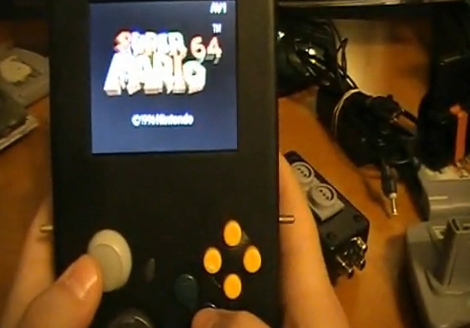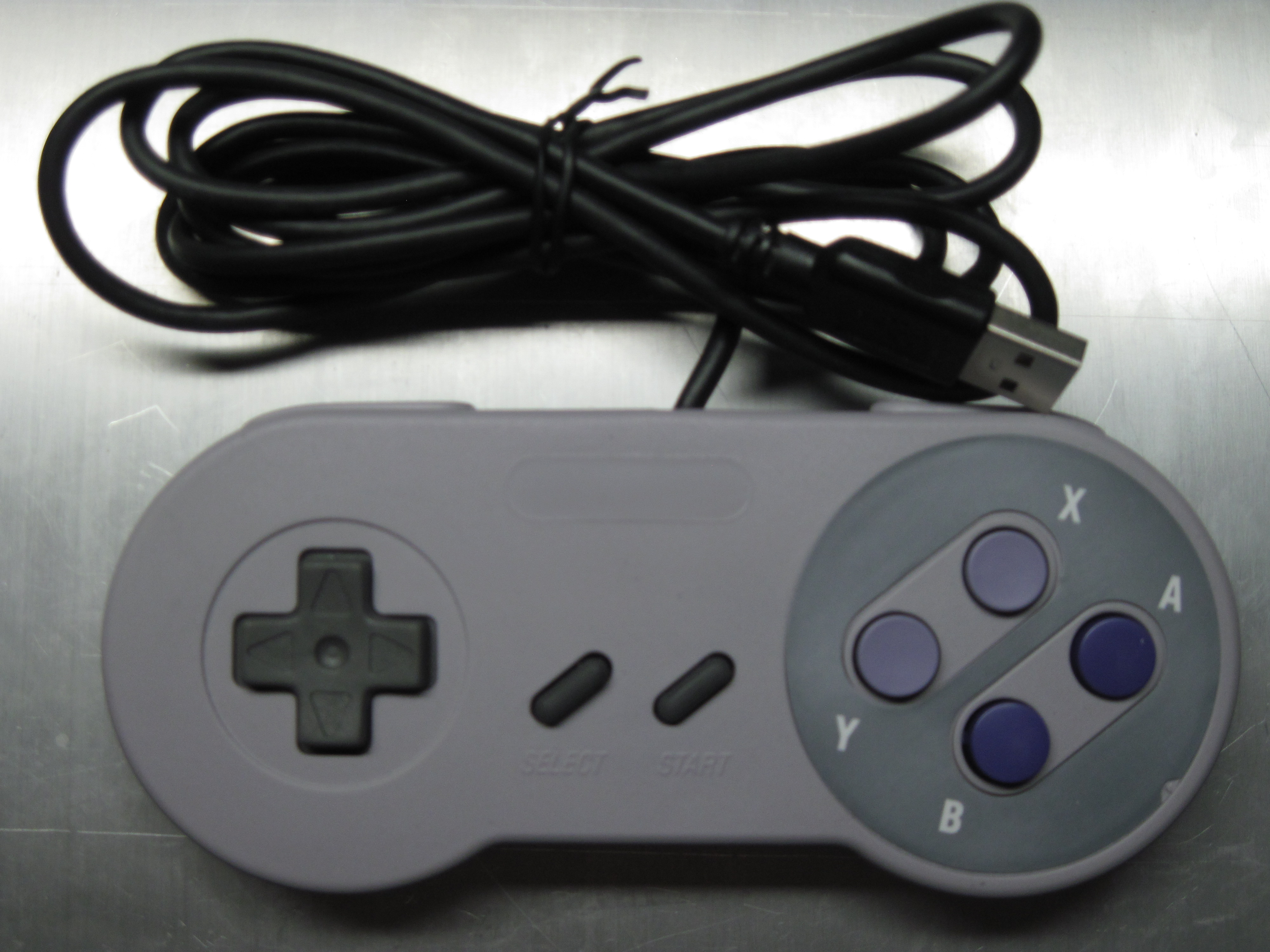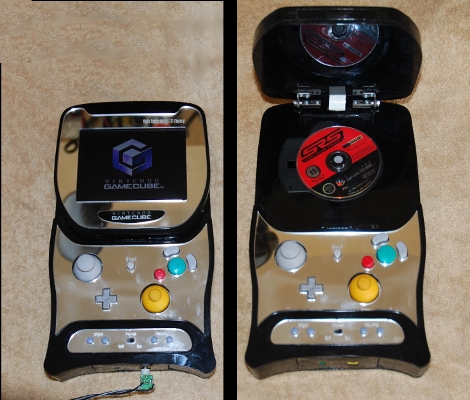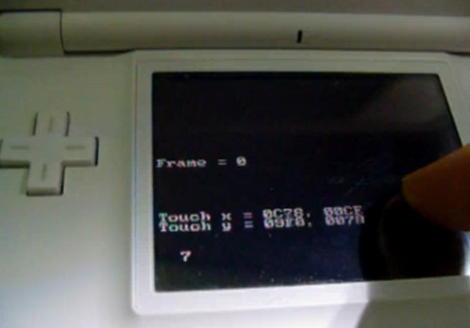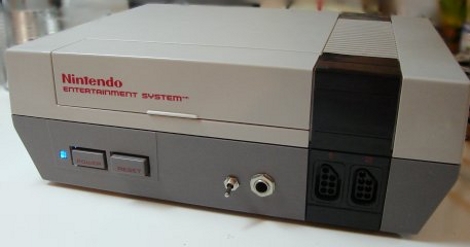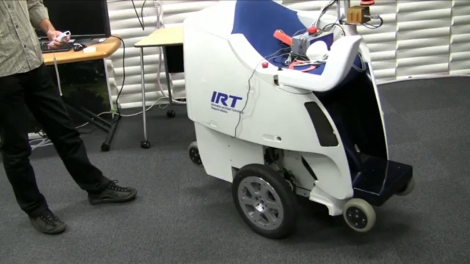
The Personal Mobility Robot (PMR) has a chair for a passenger and balances on two wheels like a Segway. Now the clever folks at the University of Tokyo have added Wii remote control to the platform in a full-sized version of the Segwii. We understand that adding Wiimote control to anything isn’t exactly groundbreaking at this point. That being said, if using stock hardware can increase the quality of the user interface on something like a wheelchair, while decreasing the production cost at the same time, we’re all for it.
[Thanks Erico]

